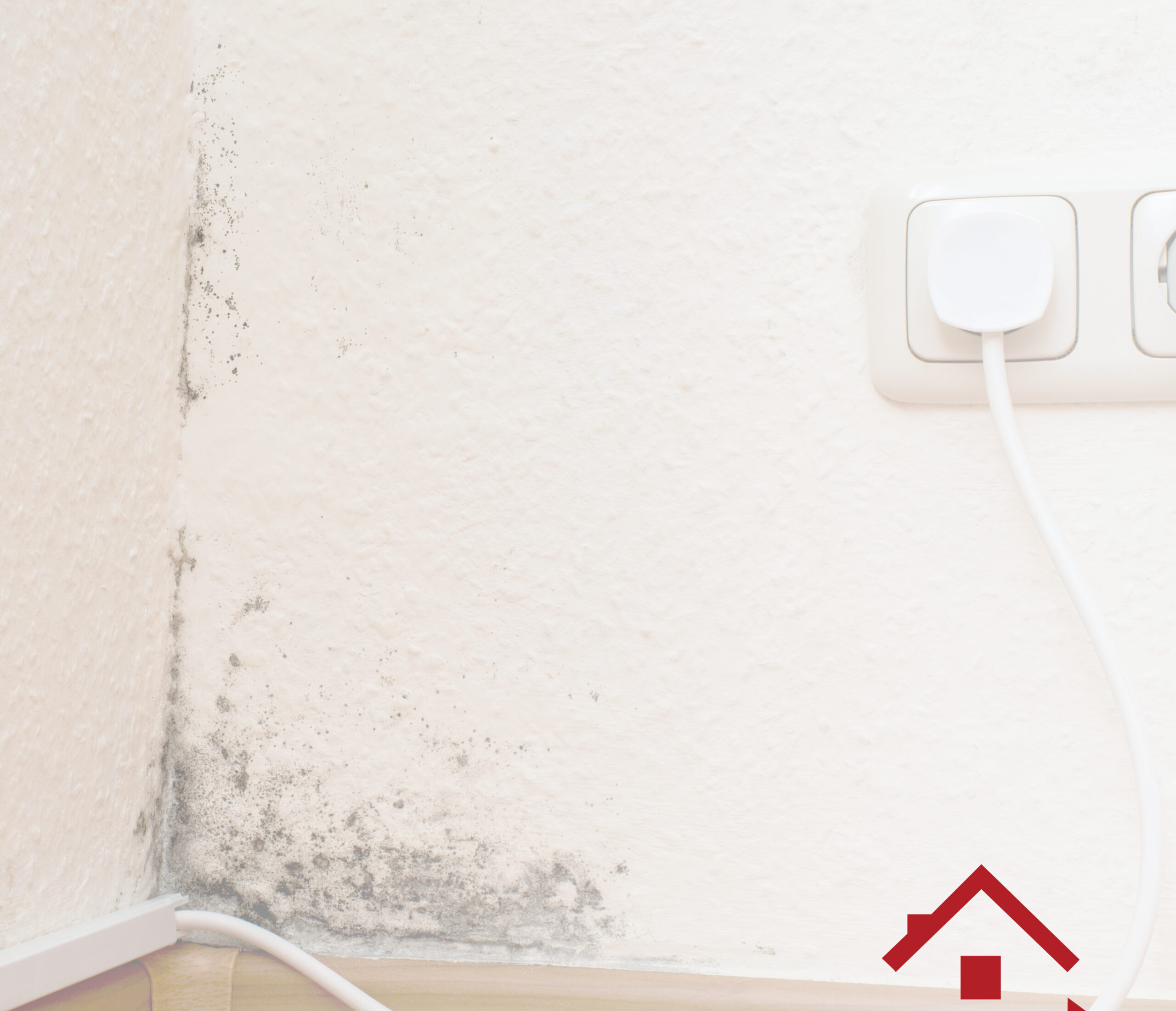There are plenty of factors that affect the quality of the air inside the home—from pets to remodeling projects, and even the outside weather. The fall months signify the start of crisp and cooler temperatures and when many homeowners think about kicking on the furnace, making it prime time to consider sources of indoor pollutants and take steps to address them.
One common culprit is mold, which can appear at any time of year, but it is especially likely to turn up during the rainy season. It is, of course, also of particular concern following flooding of any kind, including that which has taken place after the recent hurricanes. Anytime there is water damage in your home, it’s essential to take immediate steps to prevent mold growth.
Why Exactly Is Mold So Bad?
Some people may not be affected by mold, but others will have an allergic reaction to it, which often has similar symptoms to those caused by hay fever. However, a 2004 study by the Institute of Medicine found evidence being exposed to indoor air polluted with mold can cause upper respiratory tract infections, can worsen symptoms in people who have asthma, and can cause hypersensitivity pneumonitis. These illnesses can be extremely dangerous, especially for children and the elderly. Molds can also be particularly dangerous for anyone with a weakened immune system.
Because mold can be hidden in the walls, floors, or ductwork, you may not be aware of it until well after it’s made you sick, a situation that has been attested to by the momsAWARE community, founded by Andrea Fabry. Fabry moved into her dream home with her family, and though they began experiencing symptoms of illness right away, it wasn’t until years later that they learned it was caused by the mold. Another community member, Betsy Anderson, said, “We had sudden, extreme exposure when our landlord tore up floorboards, releasing a toxic mess from the crawlspace and spreading it through the house with a fan.” And Heather Plude’s 11-year-old son underwent a nine-month debilitating illness before their home was shown to have high levels of mold toxins via an Environmental Relative Moldiness Index (ERMI) test, developed by the Environmental Protection Agency (EPA).
How Do You Know If Your Home Has Mold?
Your home might be spotless, but that doesn’t mean it’s mold-free, because mold spores are in the air whether you’re inside or out, and molds can get all the nutrients they need from common household dust. Just add water, and you have an infestation. If it’s extensive, you’ll be able to see or smell it.
The most common areas for molds are in bathrooms, kitchens, and anywhere that has sustained any water damage, whether it’s an untreated spill on the carpet or a ceiling with water damage from a leaky roof. The ductwork associated with a central forced-air heating and air-conditioning system is also a prime spot for mold to grow—Jeffrey C. May, who wrote My House Is Killing Me: The Home Guide for Families with Allergies and Asthma, told the New York Times that mold in the air system “can come from condensation produced by the air-conditioning coil, from a faulty humidifier attached to the system, or even from high levels of humidity in the air itself.” The system also recirculates air in the home, so if there are mold problems elsewhere in the house, it may well be in the ducts.
But certain materials promote mold growth more than others. These are some other places and items you should check for mold, according to the Centers for Disease Control (CDC):
Cardboard
Ceiling tiles
Wood
Dust
Paints
Wallpaper
Insulation
Drywall
Carpet
Fabric
Upholstery
If you suspect you have a mold problem but can’t locate it, don’t know how extensive it is, or don’t know how to clean it, hire a remediation expert to assess the situation.
How Do You Clean Out Mold?
If you have mold on a hard, nonporous surface, the CDC recommends that you clean it with a solution of one cup of bleach to one gallon of water. Mold in or under carpet or in wallboards, however, usually means replacing those materials entirely. If you do find mold in your walls, be sure to check the framework thoroughly before installing new drywall. Never touch mold with your bare hands—the EPA recommends that you wear nonporous gloves before you start poking around, as well as an N-95 face mask and fully protective goggles. If you are concerned that there may be mold in the air ducts, hire a contractor to inspect your central air and heating system and, if they find mold, to clean it out.
Original article by NADCA


